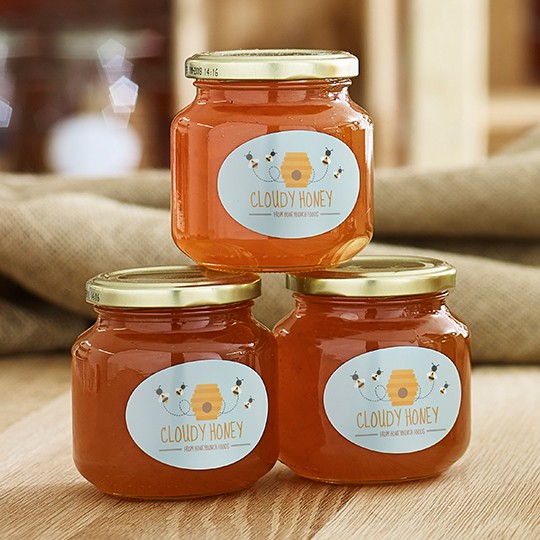How to design labels and stickers
We've combined our research into consumer psychology and custom label design, added the professional stance of an experienced brand graphic designer, to create the best label designing guide on the internet. By the end of this, you'll know how to design your labels like a pro!
Why is label design important?
The average attention span is about 8 seconds long, so labels need to capture eyes and minds very quickly. Pop a labelled product on a shop shelf or Instagram feed and it becomes ten times harder. Consumer phycology, particularly heuristics, is the way to get that product picked up or that Insta post clicked; it provides mental shortcuts that allow people to solve problems and make decisions quickly.
We found this out and immediately conducted an in-depth study into this niche area of scientific research. We don’t call ourselves labelling experts for no reason! Well, we didn’t do that work ourselves we got a professional in. They conducted experiments on real people to see how to design the perfect labels, analysing the effect of text, imagery, colour & composition and the effect on consumers. But that’s not enough to write the best label designing guide on the internet we also grilled accomplished designer Rick Bruce-Kelly, owner of Indesign a design, print and web company, on how to pull together business branding and design in a label. He’s a firm believer the label makes the biggest difference; as it's the main signifier of quality.
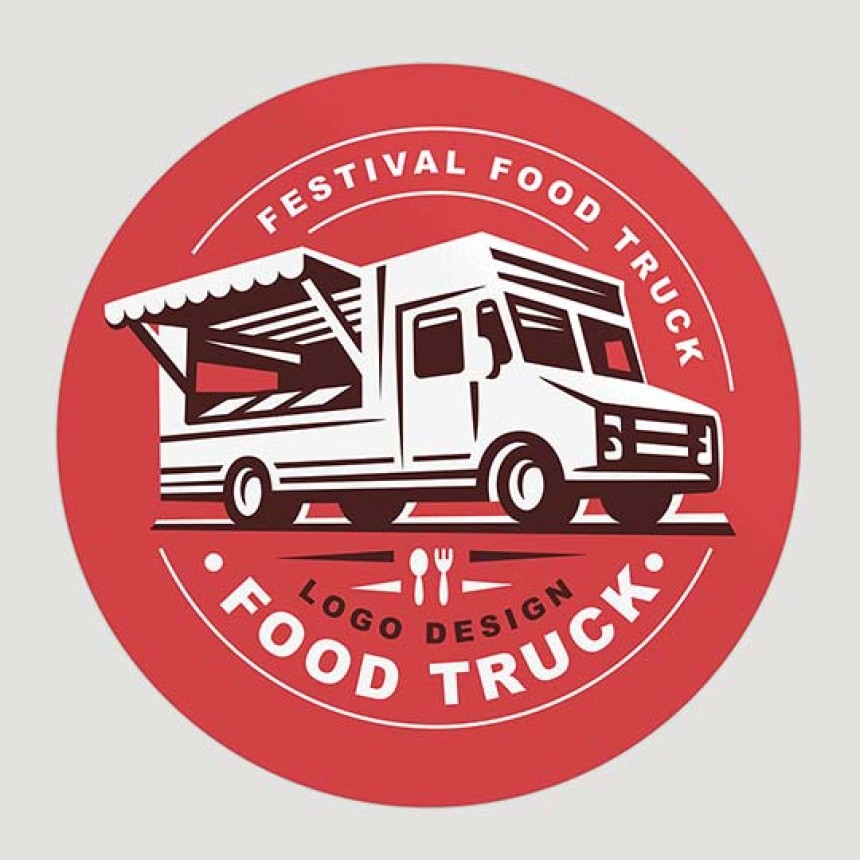
Three things to learn and keep in mind before we start:
1. Keep it clear- with so many options available when you start on a blank canvas , t’s tempting to use everything. But this is where the principle of ‘less is more’ applies. Keep your design clear and uncluttered. If it’s too busy, it will be confusing and off-putting, and look unprofessional. A simplistic design is likely to have more impact than an overcomplicated one.
2. Use your branding as a guide- live, eat, and breathe your branding. If you’re not sure what your branding is, read our guide to building a brand. This means every label you make should all go together as they all match your branding. This goes from intangible things like being fun to the very tangible and strict rules of brand colours, logos and fonts.
3. Be surprising- labels which attracted attention in our research had an element of surprise to them. When creating your labels, think about how you can make your product labels a little different to all the others on the shelf. This could be as simple as using a unique label material. Check out the competition before you start designing to get your hind brain doing the thinking.
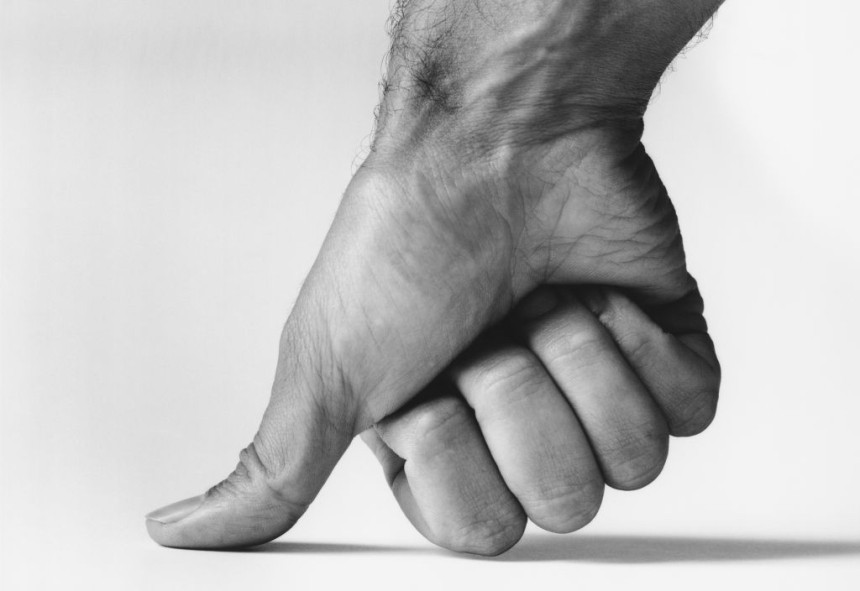
Rule of thumb
It is here we apply the rules of thumb or shortcuts known as heuristics. For example, when a shelf is untidy and stock is low, we can reasonably think that the product is popular and therefore probably good and well worth a try.
Another example of this is when we are looking for somewhere to eat out. Imagine two Italian restaurants on the same street, one only has a handful of people inside whilst the other is full, with people waiting. Heuristics force us to assume the busy restaurant is better as more customers are eating in it.
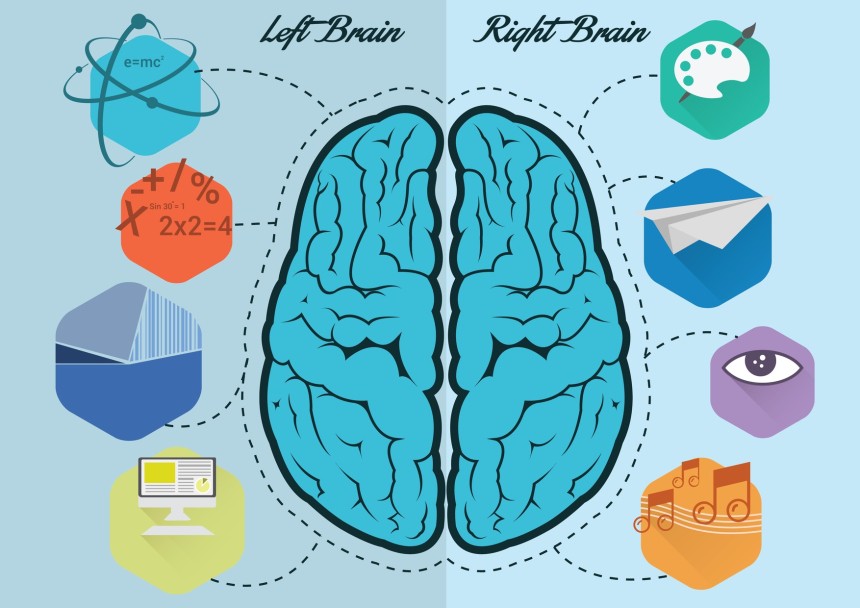
How can you apply this science to your label design?
Think about the images you have on your packaging. If you sell biscuits, for example, and had an image of 10 biscuits on the packaging rather than just one, the mental shortcut makes us realise the package is full so would suggest better value for money.
Another way to use imagery is to include a photo of your target audience on the label. So, if you sell a product aimed at mums, use a mother and child picture on your label design as this creates a mental shortcut of who it’s aimed at.
One example of heuristics in labelling is showing an authority. As humans we follow signals of credibility or status when making decisions. If you have won any awards or accreditations, including them on your label will show customers you have been recognised by others and so they will create a mental shortcut that this is a good product. We tested a label that had a “verified by” message and a big tick on it. This label improved quality perceptions by 42% and love by 68%.
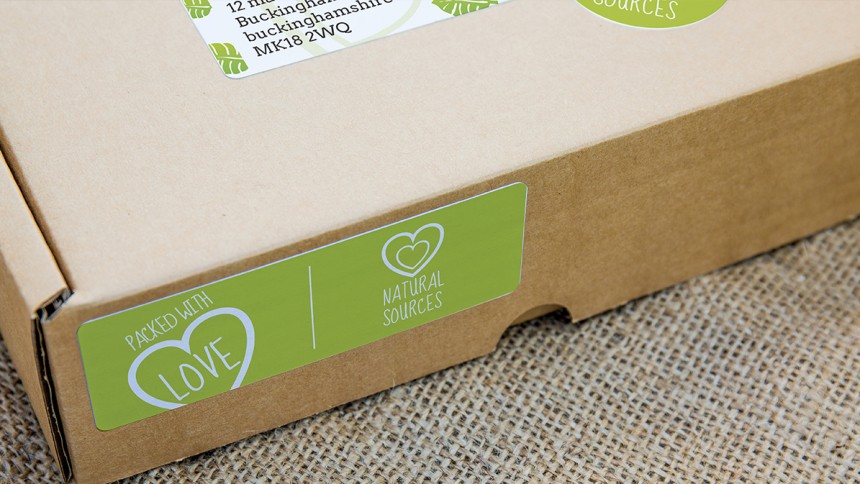
Canada Research
Research completed in Canada revealed that people were willing to pay more for milk when the label stated it was from Canada. Make sure you include information about where your product is made or sourced from if you are targeting local customers as we like to buy things from people who are similar to us.
Personalisation is another good way of using heuristics as it makes people think the product is created especially for them. For example, including a label that said ‘To James’ on a package increased love by 100% and made people more certain about the love by responding 184ms quicker. It isn’t always possible to add a name, but in our research, we tested a friendly label that said: “You rock”, and this increased love by 18% and made people more sure (150ms faster) about that love. Consideration of the label increased by 53% and quality perceptions by 16%.
Scarcity is another trick you can use in your marketing. Creating labels that say “One day only” or “Only 3 left” increases the value of a product as people want to get hold of it whilst they still can.
For more research findings you can download the full copy of the report here.
Every Label Tells A Story
See how our scientific research will help you get the best results from your label design using our free template software.
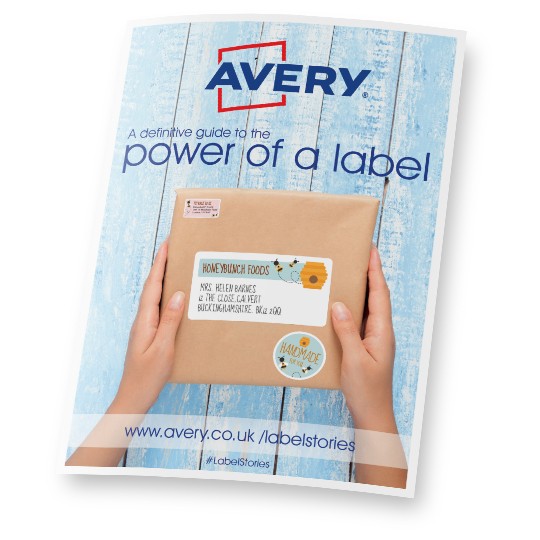
Read the results
